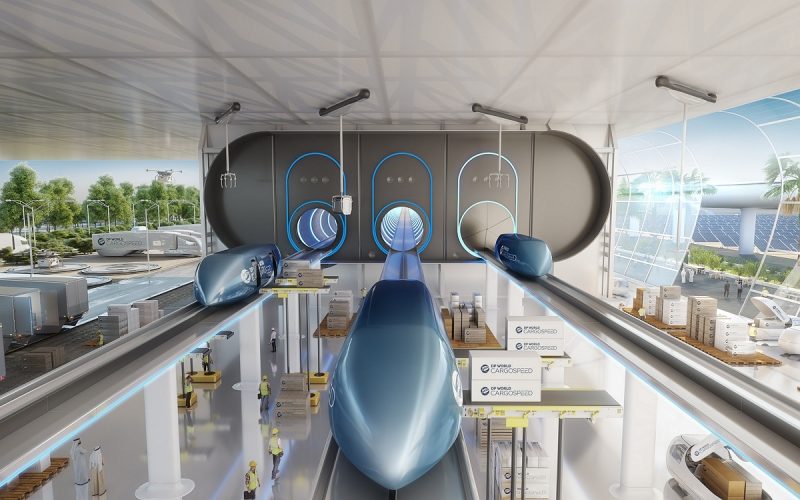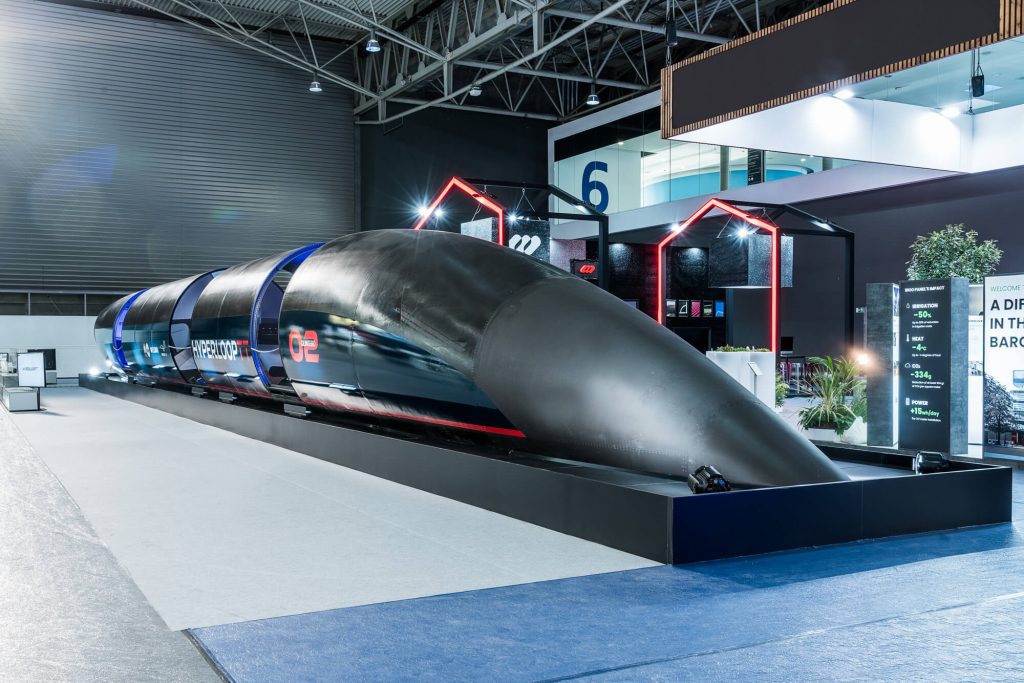
Revolutionizing Travel: A Deep Dive into Hyperloop Technology
Imagine soaring across the continent, reaching hundreds of miles in mere minutes, comfortably nestled in a state-of-the-art capsule. You’re not in an airplane, but in a Hyperloop—a ground-breaking mode of transport that aims to revolutionize our perception of distance and speed. Welcome to the era of ultra-high-speed ground transportation, where geographical boundaries are blurred and time zones seem less daunting.
Born from the visionary mind of Elon Musk, Hyperloop is more than a concept—it’s an ambitious venture into the future of transportation. Through a system of sealed tubes traversing the landscape, passenger or cargo capsules can glide almost frictionless at speeds rivaling aircraft. While we’re just at the cusp of seeing this technology becoming a reality, the potential implications are staggering. This article will guide you through the ins and outs of Hyperloop technology and its potential impact on the way we live, work, and travel.
The Mechanisms Behind Hyperloop
At its core, Hyperloop employs a handful of well-established technologies, combined in a way that’s truly transformative.
The concept involves a low-pressure tube, wherein passenger or cargo pods are propelled using magnetic levitation. This levitation eliminates friction, which in traditional modes of transportation, hampers speed and consumes energy. In this near-vacuum environment, the pods can achieve and maintain incredible speeds with relatively little energy expenditure.
Furthermore, linear induction motors, placed along the tube, help accelerate and decelerate the pod, providing a smooth ride throughout the journey. The Hyperloop design aims for comfort, efficiency, and speed, all encapsulated in one system.
Transforming Travel: The Benefits of Hyperloop
Imagine the convenience of high-speed trains combined with the speed of air travel. That’s the promise of Hyperloop. But the benefits don’t stop there.
As an electric transportation system, Hyperloop can be powered by renewable energy sources, making it a sustainable alternative to traditional modes of long-distance travel. Not only does this decrease carbon emissions, but also the reliance on fossil fuels, offering a transportation solution in line with a greener future.
In addition, due to its enclosed system, Hyperloop is relatively immune to weather conditions, a significant advantage over current air and rail systems. It’s also designed to be resistant to earthquakes and other potential hazards, enhancing its safety profile.

Challenges and Considerations
Despite the exciting prospects, Hyperloop technology doesn’t come without challenges. The foremost among them being the significant infrastructure investment required to build a network of tubes, stations, and other necessary facilities.
There are also technical hurdles to overcome, such as maintaining the ultra-low-pressure environment over long distances and ensuring the comfort of passengers when the pod accelerates and decelerates. And let’s not forget about the regulatory and safety standards that such a novel mode of transport will need to meet.
Finally, there are societal implications to consider, as Hyperloop could potentially reshape communities and disrupt industries, leading to both opportunities and displacement.
Towards a Hyperloop-powered Future
As we stand on the precipice of this new transportation era, it’s impossible to ignore the potential impact of Hyperloop. This technology has the power to alter our perception of distance, reshape communities, and transform economies, all while offering a greener, efficient alternative to current modes of transport.
The journey ahead is fraught with challenges and unknowns, but the promise of a Hyperloop-powered future is too compelling to dismiss. As we race towards this reality, one thing is certain: the way we move, work, and live is on the cusp of a dramatic transformation. Hold on tight—the future of transportation is about to get hyper.
